Gate to source threshold means, i need to apply voltage above 4V to gate?
Yes.
The gate threshold voltage is the voltage range (the spread in production devices) in supplied devices that will result in 250uA of current flowing from drain to source. Since this is not useful in most applications you need to apply more than 4V to ensure that all devices you might buy will turn on.
How much more voltage (V(GS)) you need depends on the current flow required in your application.
In the specification of the IRF540 you would probably want the lowest possible RDS(on) to give the lowest V(DS) and lowest power loss in the device. For example if you were using the device as a switch.

In the IRDF540 datasheet it is clear that you would use V(GS) of about 10V to ensure you could get 15-27A.
Again from the datasheet you could view the Typical Characteristics graph and deduce the typical I(DS) and V(DS) you might expect for a given V(GS):

Notice in this graph, if your load current was only 10A, then you could use around 6V V(GS) and typically expect this to work. But it's up to you to understand the V(GS) voltage range of your supplied devices. That is why in many designs the manufacturer may buy devices with a more defined VGS(th) to get better performance at a lower V(GS).
NOTE: In the datasheet I showed here, the IRF540 is not capable of 33A continuous, so you must be reading data supplied by some other device manufacturer.

